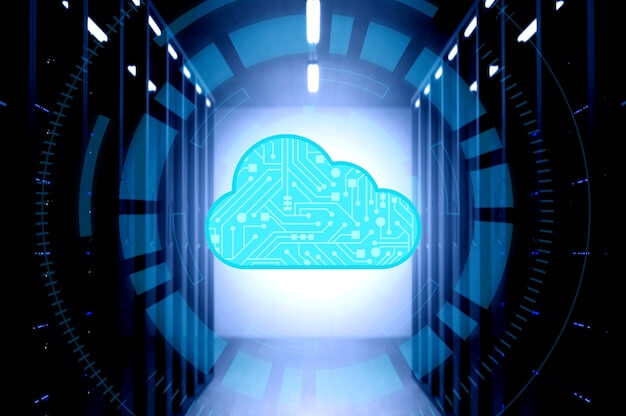As enterprise IT operations are gradually going to the cloud locally, they begin to look for security access control methods to introduce cloud operations from internal data centers. Cloud Access Security Proxy (CASB) is such a tool. This article will take you to study CASB and explain its origin and evolution.
CLO
Collaboration tools with cloud connectivity are an important foundation for these optimization processes. With these tools, you can manage the complexity of the supply chain and improve the quality of the final product.
The "everything-is-code" approach to cloud-native infrastructure makes it easier to set up telemetry where it was previously impossible, as long as security professionals can adapt to the fact that legacy network monitoring mechanisms may no longer work for them.
As sustainability becomes a front and center topic for the enterprise, stubborn misconceptions about the power consumption of cloud-based deployments need to be debunked.
Over the past 20 years, public cloud architectures have transformed the process and approach to software deployment, bringing tremendous convenience and efficiency to customer access to software. However, there are still government and commercial customers who, for a variety of reasons, have to accept private software environments over which they maintain full control.
The rise of cloud computing has found a brighter path for the development of small and medium-sized enterprises. Let's take a look at how to apply cloud computing for small and medium-sized enterprises to build their own websites.
Cloud computing has revolutionized IT infrastructure, eliminated hardware and software costs, and allowed customers to access these resources through the Internet. Cloud computing resources include physical and virtual services, applications, data storage, development tools, artificial intelligence services and virtual machines.
Recently, the cloud game market and add a strong competitor, Amazon announced the official entry into the cloud game market, the launch of the Luna service.
Enterprises are looking for multi-cloud networking capabilities, including programmability, security integration and end-to-end visibility.
No cloud strategy is the same as no business strategy. As enterprises implement 'cloud-first' policies for new workloads, their adoption and interest in the public cloud continues unabated.










